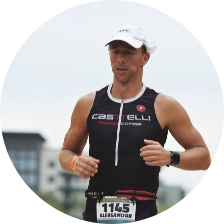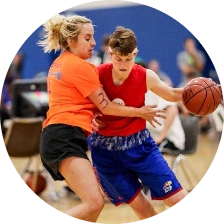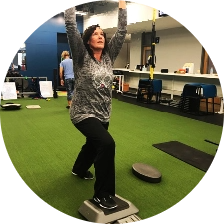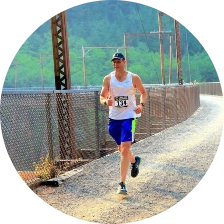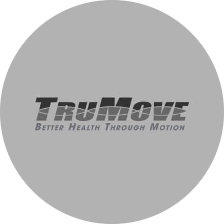Blog
March 25, 2019
Sweat, Recover, Repeat! 5 Tips for Optimizing Your Workout Recovery
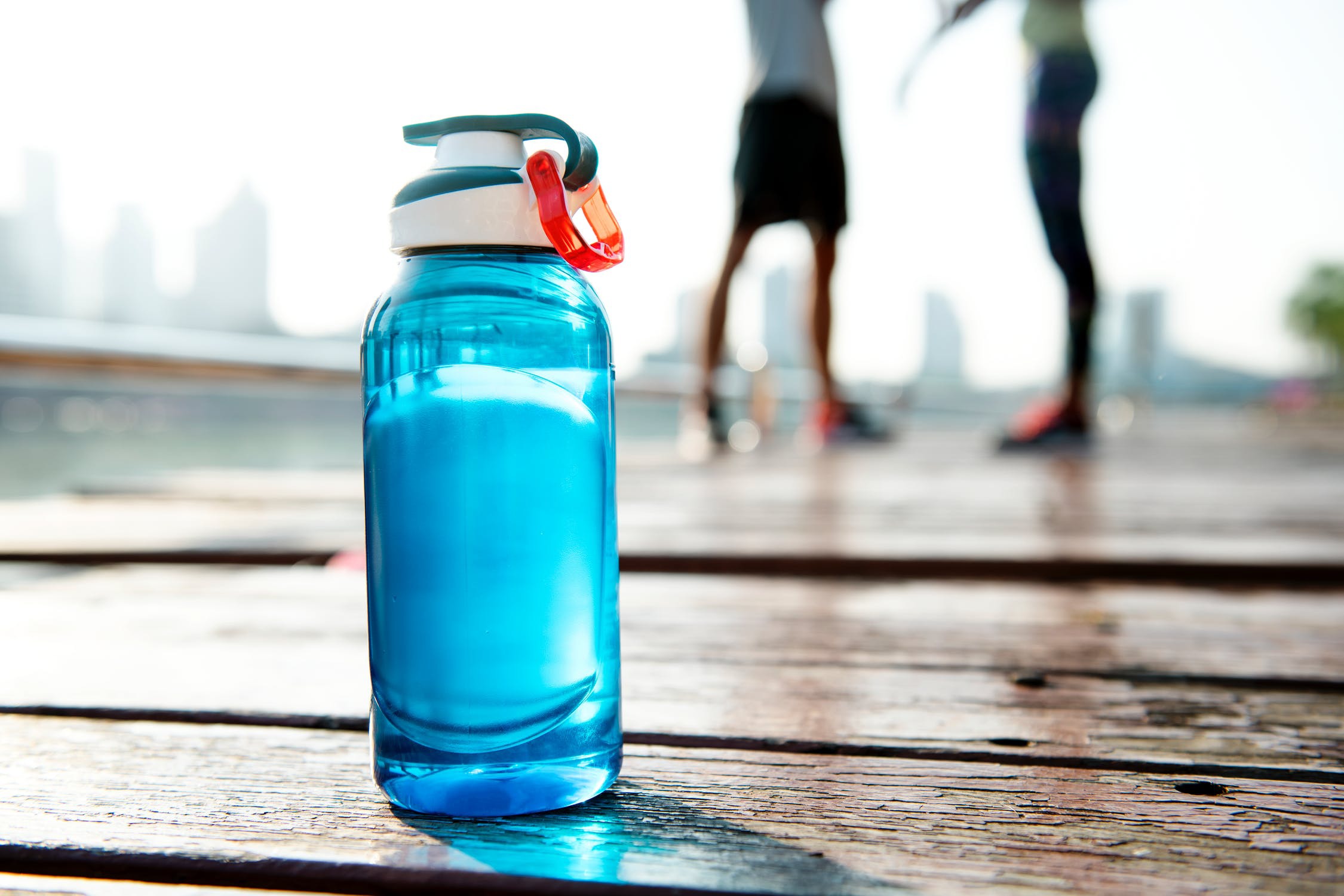
TruMove—promoting healthier living through movement care and education in Overland Park, KS, the greater Kansas City area, and beyond.
Whether you are a newbie to the fitness scene or a seasoned athlete, most likely you have experienced muscle soreness and/or stiffness after a tough workout. Delayed onset muscle soreness (DOMS) begins to growl at us 6-8 hours post-workout and may really be barking 24-48 hours after. Soon the soreness begins to dissipate so there is no need to worry. In fact, properly-managed workout recovery time can actually propel you forward in reaching your fitness goals and maximizing performance.
So, how can workout recovery be beneficial? When we face adversity in our personal lives, we can choose to adapt and come back as a stronger version of ourselves. Similarly, muscles that are pushed to new limits will naturally adapt during recovery so they can come back stronger.
Delayed onset muscle soreness (DOMS) occurs when a new muscle stimulus is introduced – a new activity, a greater load, a faster pace, a greater number of reps. Thus, if you are new to physical activity altogether or pushing yourself with ramped-up workouts, DOMS is likely to come knocking. It is the result of microtrauma in the muscles and surrounding connective tissues that are not accustomed to operating under the more demanding conditions, triggering a natural repair and rebuild response in the body.
Eccentric muscle contraction (muscle lengthening while contracting, e.g. lowering the weight during a bicep curl) is the biggest DOMS culprit due to the higher load being placed on a contracted muscle. Picture a rope that is being used to pull a heavy load. Under the unaccustomed stress, some of the rope fibers may begin to fray – such is the case with eccentric muscle contraction. However, unlike a rope, our muscles fortunately have the ability to heal and grow stronger as a result. Your body naturally makes adaptations to better prepare your muscles to handle that activity the next time.
In short, proper workout recovery can mean the difference between improved performance and looming injury. Use these 5 simple tips to optimize your workout recovery.
Tip #1: Stay hydrated. Stay motivated.
As Adam Sandler’s The Waterboy character, Bobby Boucher, will emphatically tell you “That’s some high-quality H2O!” – don’t let anyone say otherwise. All silliness aside, it’s incredibly important to stay hydrated. Exercise helps us increase our strength by breaking down muscles and then rebuilding. Water plays a crucial role in the muscle rebuilding process, not to mention the breakdown of our food and absorption of essential nutrients. In addition, boosting your water intake can decrease post-workout fatigue, keeping you motivated for your next fitness challenge.
Tip #2: Get a good night’s sleep.
It may sound simple but getting a good night’s sleep is a critical step in improving performance and easing recovery. Sleep is a natural process designed to boost immune system response, improve body function, increase tissue healing, improve cognitive function, and increase cardiovascular health. Averaging 6-8 hours of sleep each night can improve your recovery, setting you up for success during your next workout.
Tip #3: Warm up and cool down… in 3D.
Before you get moving, think 3D…3D mobility, that is. At TruMove, we place great value on a proper warm-up and cool down addressing all three planes of motion. Holding stretches for a long time (static stretching) can actually cause micro damage and weaken the muscle prior to exercise. In contrast, dynamic 3D mobility exercises allow you to move gently through different planes of motion, increasing mobility and stability for a more powerful workout.
Tip #4: Vary the activity but keep the routine.
Be consistent with your workout schedule. When we take long breaks from exercising and then start up again, recovery is more difficult because our bodies are no longer accustomed to a regular routine. If it has been a while since your last workout, start with shorter lengths of time: 20-30 minutes, 3 times each week. Once that becomes easy, increase the length of time you spend exercising on any given day or add extra workout days. When you stick to a consistent schedule, your body adapts to the activity level resulting in decreased soreness and fatigue after workouts.
Tip #5: Food is fuel – select the high-performance grade.
Diets and nutritional tips are plentiful. The bottom line: food is fuel. If you consume healthy foods, you feel better, have more energy and recover from workouts faster. Regardless of your own personal dietary restrictions and choices, we can all benefit from consuming more whole foods, taking opportunities to steer away from processed and packaged foods. Eating a balanced diet of fruits, vegetables, protein and healthy grain can dramatically boost your energy and motivation to keep pushing forward.
Even champions need time to recover. Use these tips to make the most of your recovery time, lessening the likelihood of injury and maximizing your performance. You’ve got this, Champ. Sweat, recover, repeat!
As always, if you have any questions about your symptoms, available treatments, or how to prevent future injury, please reach out to us or visit our clinic in Overland Park, KS. We have been serving the Kansas City area for over a decade and continue to expand our outreach, always striving for Better Health Through Motion!



 Overland Park
Overland Park


